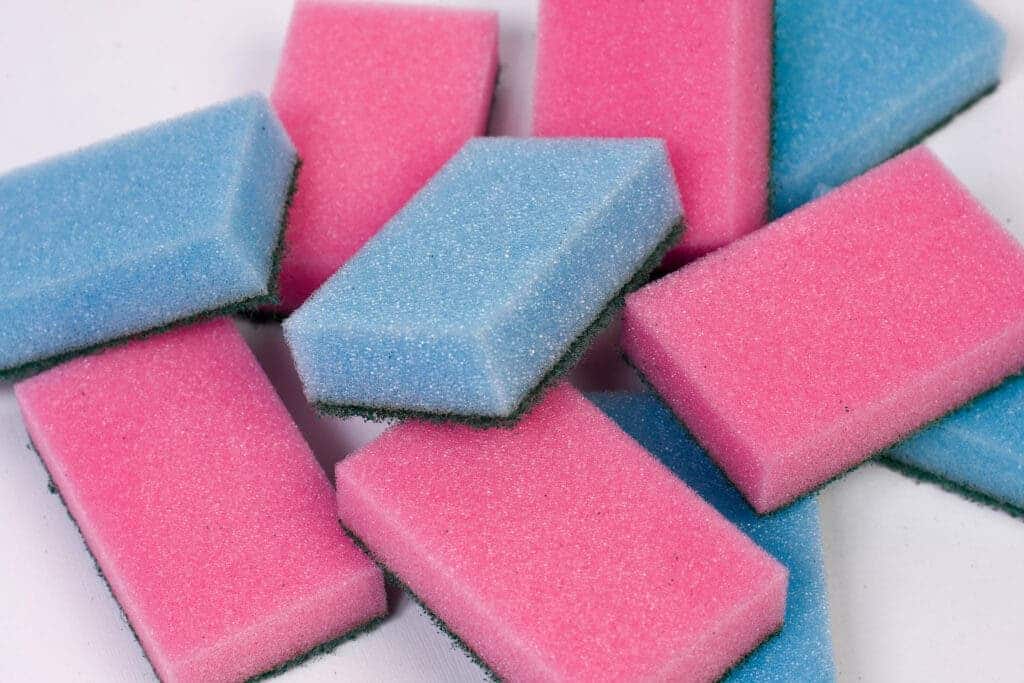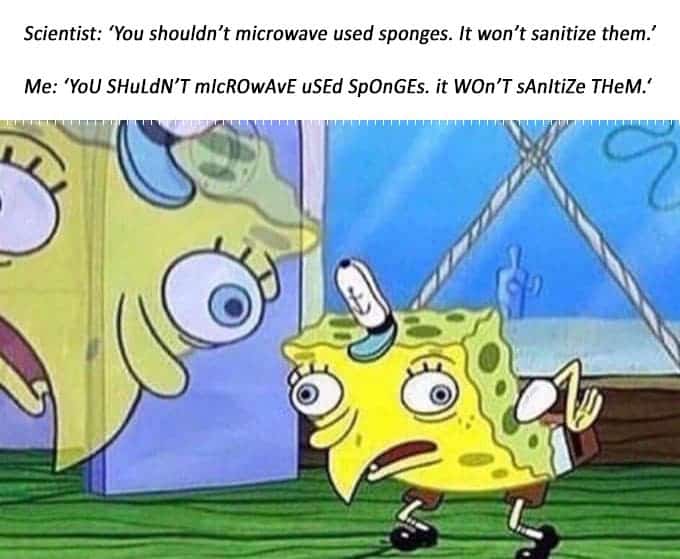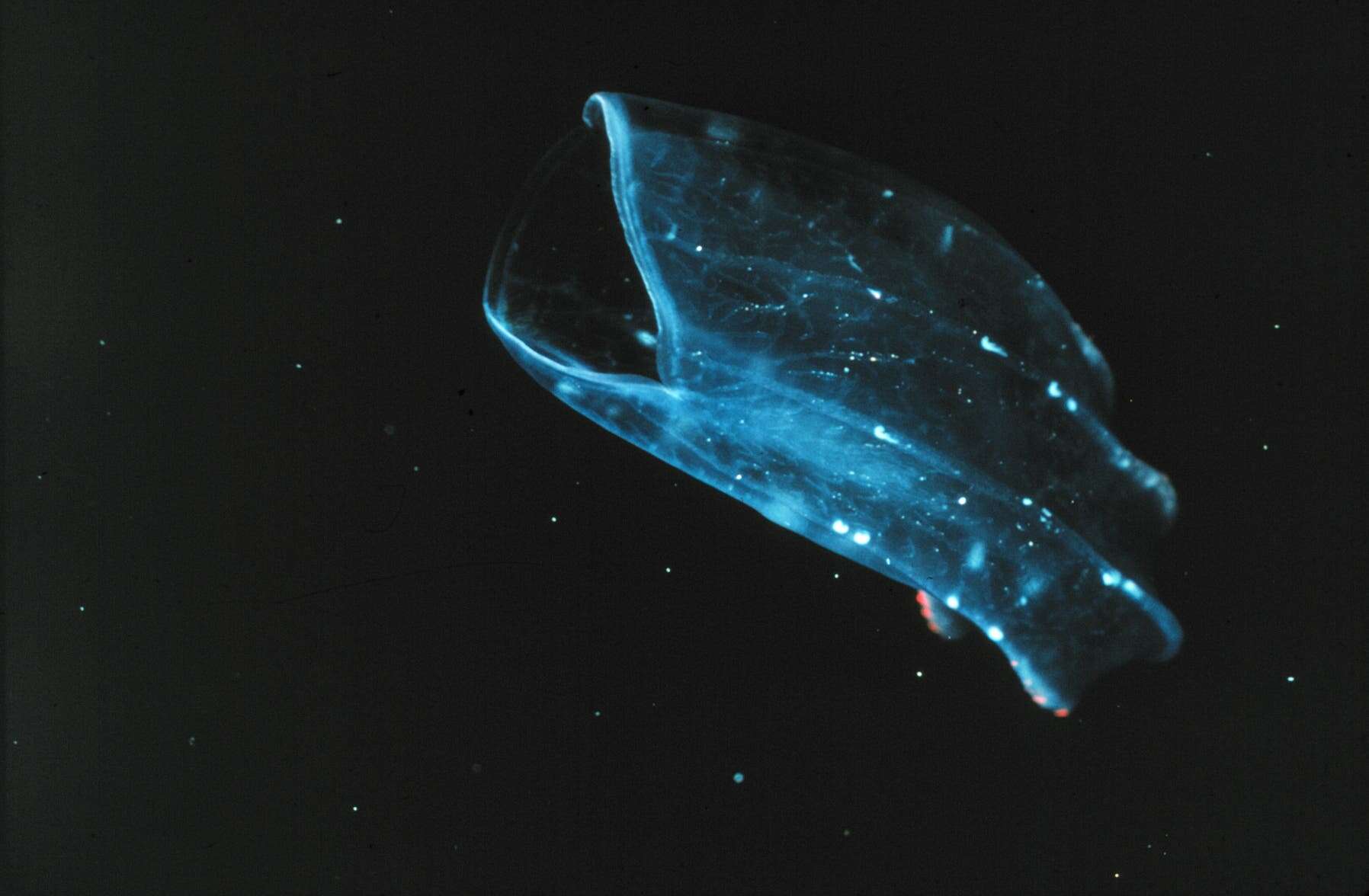Sponges, an everyday item found in kitchens around the world, are a perfect breeding ground for bacteria, according to a new study. Researchers found sponges can host around 54 million bacteria per cubic centimeters thanks to their physical properties which are optimal for bacteria: airy, damp, and packed with food scraps.

Bacteria have different ways of interacting with living creatures such as humans. Some bacteria are more social, while others prefer to be alone. A group of researchers at Duke University wondered how separating different types of bacteria would affect these interactions. They found balanced levels of separations are the best choice for most types of bacteria — and this is exactly what they get in a sponge.
Sponges are divided into sectors of different sizes, which satisfies the bacteria that prefer an isolated environment as well as those that want to be around other organisms. So, a sponge is really the best of both worlds for microbial communities.
The researchers found that bacteria that thrive in reduced spaces, such as the small pores of a sponge, won’t bother other organisms for more room, while the bigger areas of the sponge allow microbes who depend on other to be there to survive. If you combine this with the food scraps of a sponge, it becomes an ideal place for bacteria.
“Bacteria are just like people living through the pandemic — some find it difficult being isolated while others thrive,” Lingchong You, study author, said in a statement. “We’ve demonstrated that in a complex community that has both positive and negative interactions between species, there is an intermediate amount of integration that will maximize its overall coexistence.”
Sponges and bacteria
The researchers barcoded a group of strains of E. coli to track their population growth. They mixed the bacteria in different combinations on laboratory growth plates with a variety of potential living spaces, from six to over 1,500 small wells. The large wells allowed bacteria to mix freely, while in the small ones they could keep to themselves.
The small wells that started with a group of species evolved into a community with just one or two strains surviving. Similarly, the bigger wells that began with a big range of bacteria also ended up with just one or two species. The researchers also did a similar experiment with a sponge and found a much more diverse bacteria environment.
“The small portioning really hurt the species that depend on interactions with other species to survive, while the large portioning eliminated the members that suffer from these interactions (the loners),” You said in a statement. “But the intermediate portioning allowed a maximum diversity of survivors in the microbial community.”
The researchers advise people to be mindful and change their sponges periodically or at least find a way to clean them. A study from 2017 recommended replacing sponges on a weekly basis. Yes, you are reading it right, weekly. If you want to clean it, the US government suggests using microwave heating and dishwashing with a drying cycle.
The study was published in the journal Nature.






